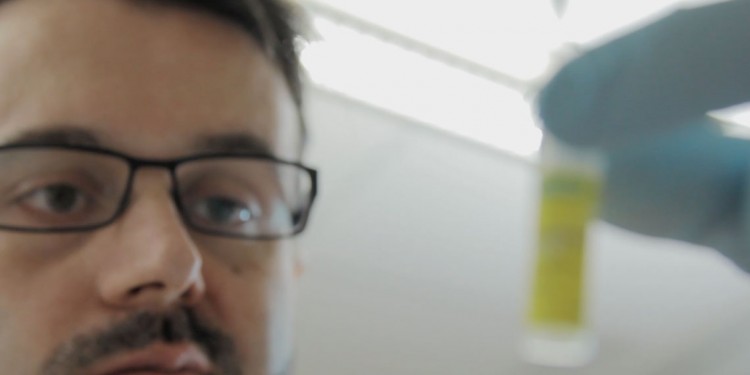
Using PrimePCR™ qPCR Assays to Understand Breast Cancer Metastasis
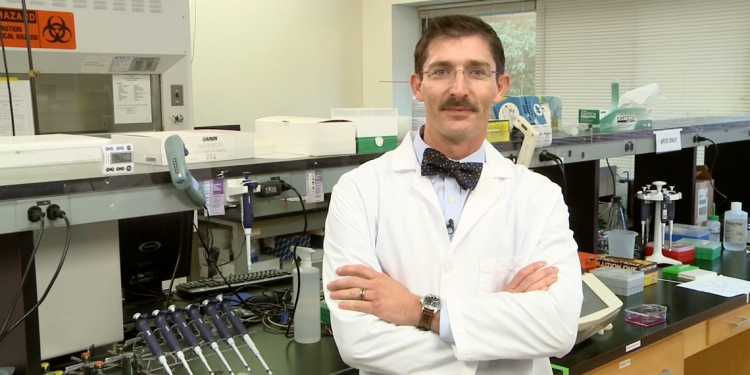
How to Design Hydrolysis Probes for qPCR
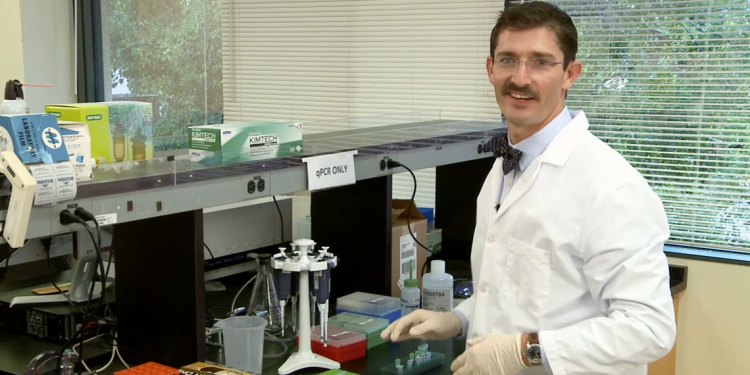
Six Tips for Increasing the Reproducibility of qPCR Experiments
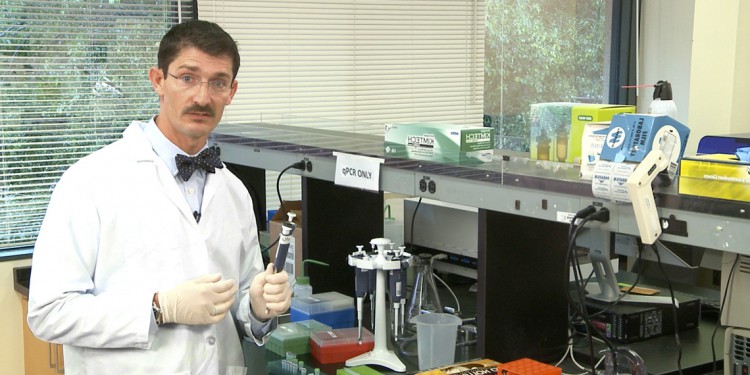
How to Minimize Contamination in qPCR Experiments
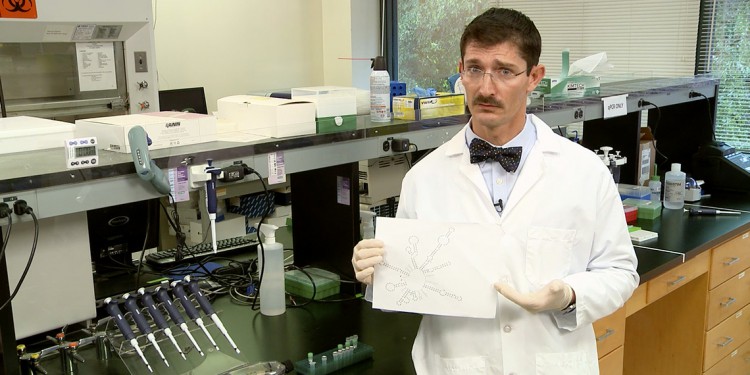
How to Design Primers for qPCR
